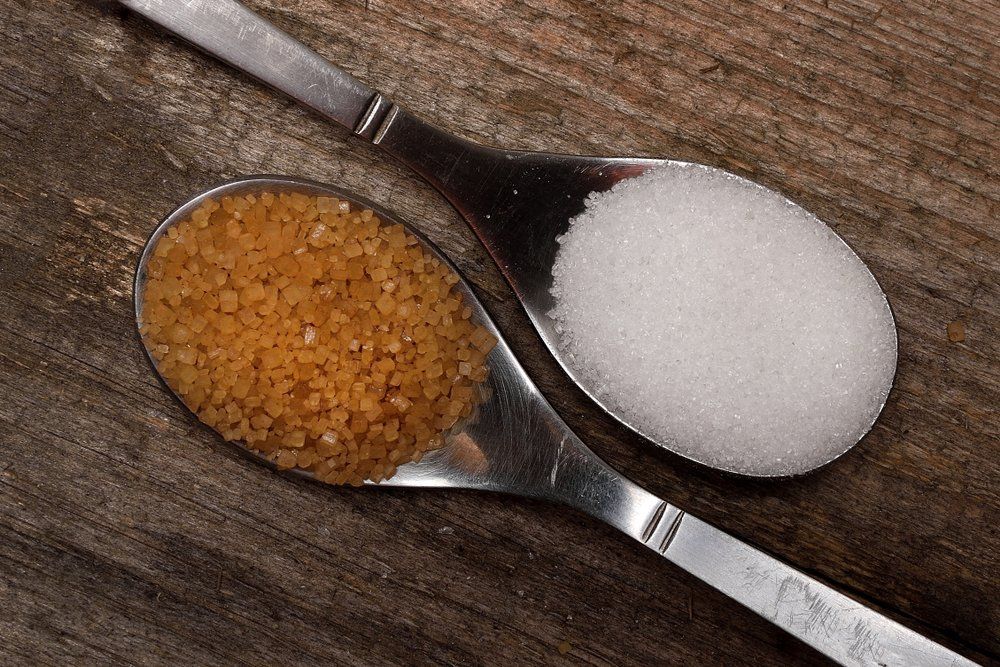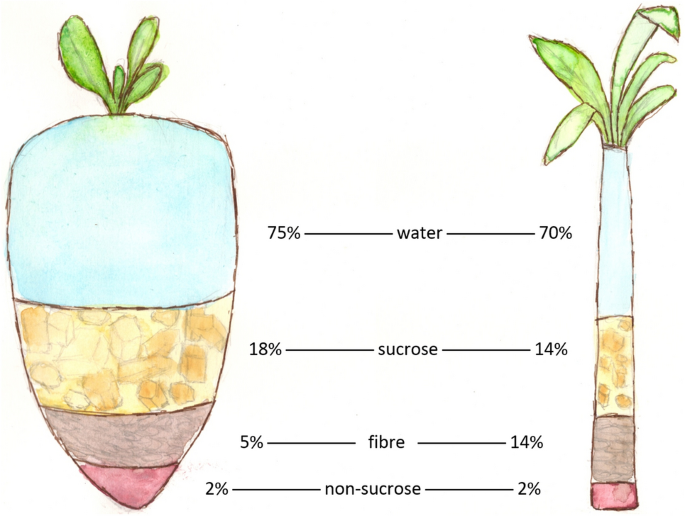Discovering the Differences being used and Benefits Between Beet Sugar Vs Cane Sugar
In the cooking world, the selection between beet sugar and cane sugar is not merely concerning sweet taste yet includes a nuanced consideration of taste, application, and effect. While both sugars stem from different plants, each undergoes one-of-a-kind manufacturing processes that discreetly influence their characteristics and viability for numerous recipes. As cooks and customers progressively focus on both the environmental and flavor profiles of their active ingredients, understanding these distinctions comes to be essential. This expedition supplies understanding into just how each sugar type can best enhance cooking developments.
Beginnings and Production Procedures of Beet and Cane Sugar

Walking cane sugar, on the various other hand, comes from the sugarcane plant, a tropical yard native to Southeast Asia however currently cultivated in exotic areas worldwide - beet sugar vs cane sugar. The manufacturing of cane sugar starts with the harvesting of cane stalks, which are squashed to launch the juice.

Nutritional Content and Health Considerations

When comparing the nutritional content of beet sugar and cane sugar, it ends up being noticeable that both kinds basically offer the same calorie worths, with about 16 calories per teaspoon and no substantial nutrient variety. Each is made up practically entirely of sucrose, which is a basic carbohydrate that uses quick power but does not have vitamins, minerals, or fiber. This resemblance encompasses their impact on health, particularly concerning blood glucose levels. Both sugars, when eaten over, can contribute to raised blood sugar degrees, a risk element for diabetes mellitus and other metabolic disorders. In addition, too much intake can cause weight gain and oral troubles, as both sugars are just as cariogenic, promoting dental cavity. From a health and wellness perspective, moderating consumption of any type of sort of sugar, whether from beet or cane, is a good idea to avoid these potential negative effects on health. Hence, neither holds a distinct benefit over the various other in regards to health and wellness benefits.
Taste Accounts and Culinary Applications
Regardless of their similar chemical frameworks, beet sugar and cane sugar differ subtly in taste, which can affect their usage in numerous cooking contexts. Walking cane sugar he has a good point commonly carries a tip of molasses, even in its refined form, lending a cozy, caramel-like touch that improves baked goods, coffee, and chocolate-based dishes. On the various other hand, beet sugar is identified by its very fine-tuned, neutral preference, making it a functional sugar that does not modify the taste profiles of dishes.
Ecological Effect and Sustainability
While both beet and cane sugars are originated from plants, their ecological influences vary considerably because of the unique methods of growing and processing required for each. Sugar beet farming commonly entails considerable mechanization, which can boost nonrenewable fuel source consumption and carbon exhausts. Beetroots can be expanded in cooler environments and call for much less irrigation, possibly reducing water use compared to sugarcane. Sugarcane, on the other hand, is normally expanded in tropical areas where it counts greatly on irrigation and a longer growing duration, increasing its water footprint.
Additionally, the handling of sugarcane usually creates a significant quantity of waste, including bagasse, which, although useful as biofuel, regularly contributes to air contamination if shed inefficiently. Sugar beet handling uses even more of the raw products, leading to less waste. Both markets face challenges in lowering their environmental impacts, yet ongoing advancements in farming methods visit this page and waste monitoring are intending to boost sustainability.
Economic Variables Affecting the Sugar Sector
The financial dynamics of the sugar industry are dramatically affected by global market demands and trade plans. Aspects such as tolls, aids, and global profession arrangements play vital functions in shaping the competitive landscape. additional hints For instance, in areas where sugarcane or sugar beet manufacturing is subsidized, manufacturers may have a monetary advantage that enables them to supply lower costs on the worldwide market. This can create disparities in earnings and market access for manufacturers in nations without such aids.
Furthermore, variations in international demand for sugar, influenced by nutritional fads and commercial use in food items, directly impact prices and production levels. beet sugar vs cane sugar. Weather conditions additionally play a critical duty, as they can substantially impact crop returns and, as a result, the supply chain. This irregularity introduces a level of economic uncertainty that can bring about financial investment volatility in sugar manufacturing fields, affecting decisions from growing to market approach
Verdict
Finally, both beet and cane sugar have special qualities that match different cooking demands. While cane sugar imparts an abundant taste ideal for improving baked items, beet sugar's nonpartisanship is perfect for lighter meals. Nutritional similarities regardless of, their unique manufacturing procedures and ecological impacts include complexity to the choice between them. Thus, recognizing these distinctions assists cooks and consumers make notified choices that align with their health and wellness, cooking, and moral preferences.